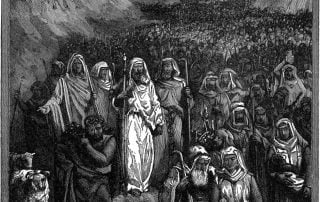Yom Kippur – Disentangling the Entangled
When G‑d created the first humans, Adam and Eve (Chavah), He created them as one. And G‑d created man in His own image, in the image of G‑d created He him; male and female created He them. (Gen. 1:27) Actually, as Midrash Rabbah (Gen. VIII:1) explains, Adam and Eve were created as one being as Siamese twins—attached by their side. When the story of the creation of Adam is repeated in the next chapter, it seems as a very different story: And the Lord G‑d caused a deep sleep to fall upon the man, and he slept; and He took one of his ribs, and closed up the place with flesh instead thereof. And the rib, which the Lord G‑d had taken from the man, made He a woman, and brought her unto the [...]




